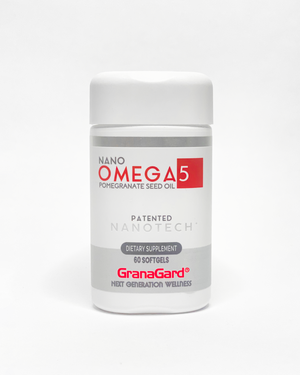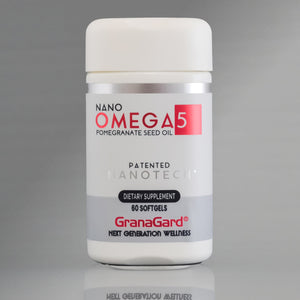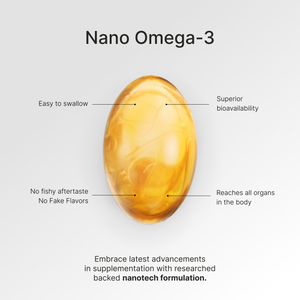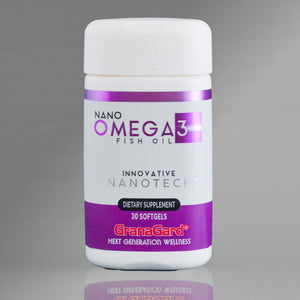If we were to create a ranking based on the damage that losing a sense could cause, undoubtedly, vision loss would be at the top because it is the most disabling. Among the frequent causes that lead to vision loss are cataracts, and studies have shown that the presence of oxidized proteins in the lens is the key part of the problem.
What are cataracts
In medicine, a cataract is the clouding of the lens, the transparent and avascular structure that acts as a biconvex lens, and which, when not altered, allows us to focus correctly on objects regardless of the distance they are from us.
Cataracts are one of the leading causes of blindness worldwide. More than 50% of Americans over 65 are affected, so it is estimated that 30 million Americans have them.
What are the risk factors for developing cataracts
Aging has been considered the biggest risk factor for cataract formation, however, as we will see, it is the circumstances that accompany it that are truly responsible. Other factors include smoking, steroid use, myopia, diet, and exposure to sunlight along with oxidative stress. (Oxidative Stress myth or reality)
How cataracts originate
Cataracts result from a change in the protein of the lens cells and the structure of the lens cells, which is essentially a breakdown of its microarchitecture.
The mechanisms of cataract development related to age are not fully understood, but they are beginning to be understood, as numerous studies have shown that the oxidation of proteins in this lens is an important factor.
The transparency of the lens as a whole depends on the homogeneity of the proteins that compose it. It is important to note that the lens is perhaps the part of our body with the highest protein content: the lens is made up of 35% protein and 65% water.
When a protein is damaged, in this case by oxidation, it loses that structural uniformity, so instead of transmitting light homogeneously, it refracts irregularly and can even reflect. Several clinical studies have demonstrated the presence of oxidized proteins in lenses with cataracts.
Why do proteins oxidize
In all the cells of our body, biochemical processes occur that allow them to obtain energy to live and perform their functions. In these reactions, intermediary substances, such as free radicals and other products, are produced, which have a high oxidative power.
The oxidation of biomolecules such as lipids, proteins, and DNA alters their structures and therefore their function. Normally, these harmful substances, free radicals, are neutralized by an internal or endogenous antioxidant system (What are antioxidants in simple words) that maintains the balance. When free radicals exceed antioxidants, or there are low concentrations of them, that is: when the balance is broken, and oxidation prevails, oxidative stress occurs.
In the case of the lens, the most important endogenous antioxidant is Glutathione, and in some studies, it has been shown that the levels of this antioxidant are reduced by up to 60% in lenses with cataracts.
Why is the lens more vulnerable to oxidation
The production of free radicals comes mostly from metabolism itself, but in the case of the eyes, they are exposed to an additional source, which is ultraviolet radiation that is part of the solar spectrum. Ultraviolet radiation is the same that causes sunburns and lesions found on the skin of people with high sun exposure.
In vitro experiments using isolated animal lenses have shown that they clouded when exposed to intense ultraviolet radiation, but these changes did not occur if the medium surrounding the lenses contained antioxidants.
Why help prevent cataracts with Antioxidant Supplements
There are two powerful reasons that should motivate anyone to take all necessary measures to prevent cataracts from forming, these are the consequences and the evidence.- The consequences: for a person, losing vision is losing their independence.
- The evidence:
- The oxidation of proteins in the lens is present in cataracts.
- Endogenous antioxidant levels are decreased in cataracts.
- Cataracts progress gradually (cumulative damage).
- The eye is exposed to UV radiation that generates free radicals.
- Age is directly associated with cataracts, and with age, the production of internal antioxidants decreases (cumulative damage).
Which antioxidant is the best
It is sometimes thought that all antioxidant supplements are the same, and this is not true. Antioxidants differ in their physicochemical characteristics and their mechanism of action.According to their physicochemical characteristics, we find those that are liposoluble, meaning they dissolve very well in fatty environments, like oils such as vitamin E; and water-soluble, which dissolve very well in aqueous environments, in water, like vitamin C.
On the other hand, there is their mechanism of action; some act by simply trapping free radicals, while others more complete, in addition to this mechanism, also stimulate the body to produce internal antioxidants.
Considering this, and the fact that the tissue we want to protect against oxidation is the lens, which is avascular (does not receive blood flow) and is nourished mainly by diffusion through the substances surrounding it, the ideal antioxidant must have very particular characteristics.
Omega 5 (What are the benefits of Omega 5) is a powerful natural antioxidant, extracted from pomegranate seed oil, with a dual antioxidant mechanism of action. Omega 5 has been processed with Nanotechnology, (What is Nanotechnology in simple words) transforming it into a nanoemulsion; this means it is soluble in both fatty and aqueous environments. Moreover, its nanometric (molecular) size allows it to penetrate membranes and barriers, like those protecting the central nervous system, remembering that the sensory organs are extensions of it.
If you're 40, 50, or older, there's still a lot to see. Take care of your vision, protect your eyes from oxidation, and protect yourself with Nano Omega 5 from GranaGard®.





